detail profile abrah c3 a3o farc
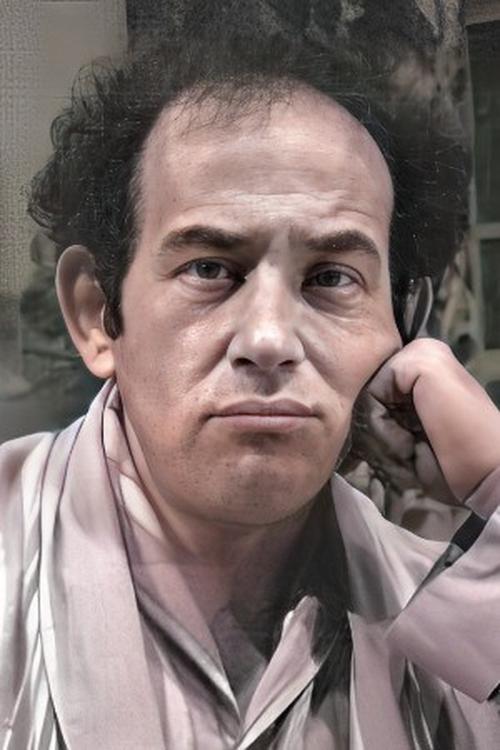
Abrahão Farc
Abram Jacob Szafarc
atau dikenal sebagai
Peran Yang Di Mainkan Abrahão Farc
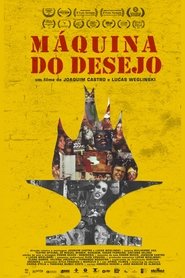 In six decades Teatro Oficina has...
In six decades Teatro Oficina has...Desire Machine: 60 Years of Teatro Oficina 2021
In six decades, Teatro Oficina has done more than revolutionize theatrical language in the country: the aesthetic influence of José Celso Martinez Corrêa's company extends from Tropicalism to the renewal of Brazilian audiovisual languages from the 1960s onwards. The film revisits a story that it involves personalities such as Caetano Veloso, Glauber Rocha, Lina Bo Bardi, Chico Buarque and Zé do Caixão, brings together scenic art, ecology, architecture and sexuality, and mixes art and life in the search for a Brazilian based language.
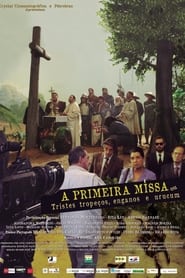 On set in the middle of...
On set in the middle of...A Primeira Missa ou Tristes Tropeços, Enganos e Urucum 2014
On set, in the middle of the Atlantic Forest, a stressed film director begins another day of filming, reproducing the celebration of the first mass in Brazil. Suddenly three strange agents emerge from the forest and abruptly interrupt the scene. Authoritarians, they confiscate the filmed negatives. The paranoid director grumbles: "Are they from the government?". The execution of the film is compromised. Will the director in trouble be able to complete his film?
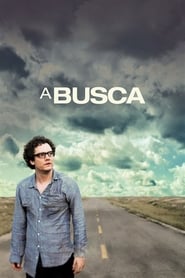 Theo is living the good life...
Theo is living the good life...Father’s Chair 2012
Theo is living the good life in an upscale Brazilian neighborhood. He’s a hardworking doctor, husband, and father. However, Theo has chosen his career over his family, and little by little he discovers that his world is crumbling around him. His beloved mentor and surrogate father is dying, and his wife announces that she wants a divorce. Yet nothing prepares him for the day when he comes home to discover that his 15-year-old son, Pedro, has disappeared. Theo takes to the road in search of his son. In a journey that leads him throughout Brazil, Theo discovers what really matters to him. Searching for his missing son, Theo finds himself.
 Mr Mario cant distinguish anymore the...
Mr Mario cant distinguish anymore the...A Grande Viagem 2011
Mr. Mario can't distinguish anymore the past from the present. He lives again, inside his own mind, a period of his life when he was a salesman going door to door selling travel guides. However, Mr. Mario has never traveled, but now, an opportunity to see the world arises. Felipe, his grandson, will be his loyal partner on this great journey.
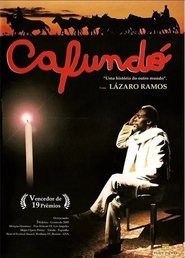 Cafund is a 35 mm color film...
Cafund is a 35 mm color film...Cafundó 2005
Cafundó is a 35 mm color film which blends fact with fiction in the life of João de Camargo, a former black slave (1858-1942, Sorocaba, Brazil) who, in his old age, works miracles and devotes himself to assisting others in order to attain his freedom. João de Camargo represents the genesis of religious and cultural syncretism in Brazil.
 After losing her job an unstable...
After losing her job an unstable...Nina 2004
After losing her job, an unstable woman sinks further and further into a violent fantasy world.
 Laura and Alan fall in love...
Laura and Alan fall in love...Manual for Love Stories 2004
Laura and Alan fall in love, but have to deal with the strange death of Alan's wife and with a rival, Lilith, who wants to break their relationship. At the same time, a narrator gives lessons on how to make a love story movie, exposing all clichés on that kind of film.
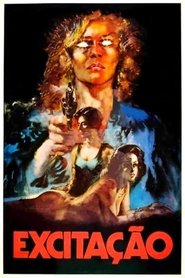 Helena and Renato are a couple...
Helena and Renato are a couple...Excitation 1977
Helena and Renato are a couple who leave behind the big city to live in the comfort of a beach house and help Helena recover from her nervous crises. But soon she begins to suffer from increasingly worrying hallucinations, and the house’s appliances begin to come to life. Is it all real or in her head?
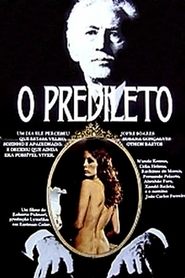 Based on the novel Totnio Pacheco...
Based on the novel Totnio Pacheco...O Predileto 1975
Based on the novel "Totônio Pacheco", written by João Alphonsus. At the time of the decadence of the great farms of Minas Gerais, Totônio is a symbol of the golden age of state farms: old and accustomed to having all his wills obeyed. However, after moving to his son's home because of his wife's death and the resulting loneliness, he realizes that he has lost his job as a boss and is struggling to regain his prestige by moving to a brothel.
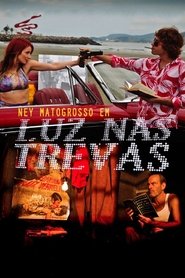 Jorge bastard child of the infamous...
Jorge bastard child of the infamous...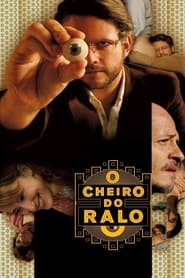 A pawn shop proprietor buys used...
A pawn shop proprietor buys used...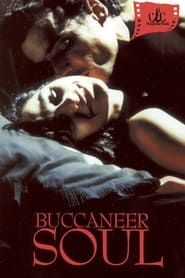 50 years of Brazilian history seen from...
50 years of Brazilian history seen from...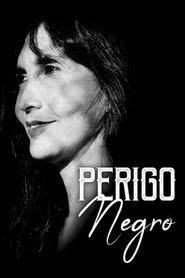 Loosely based on an Oswald de...
Loosely based on an Oswald de...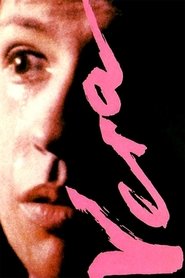 Based on the life of Brazilian...
Based on the life of Brazilian...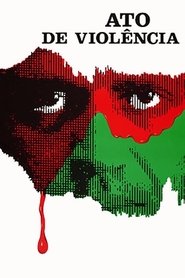 Antnio Nunes is sentenced to 30 years...
Antnio Nunes is sentenced to 30 years...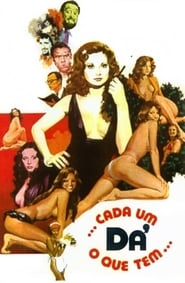 Comedy anthology in three segments each...
Comedy anthology in three segments each...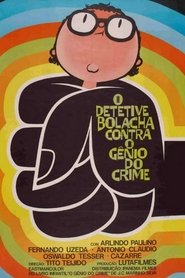
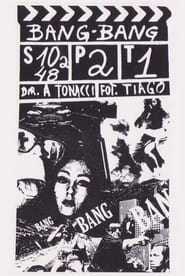 An anonymous urban protagonist experiences a...
An anonymous urban protagonist experiences a... ngela Carne e Osso Angela Meat...
ngela Carne e Osso Angela Meat...